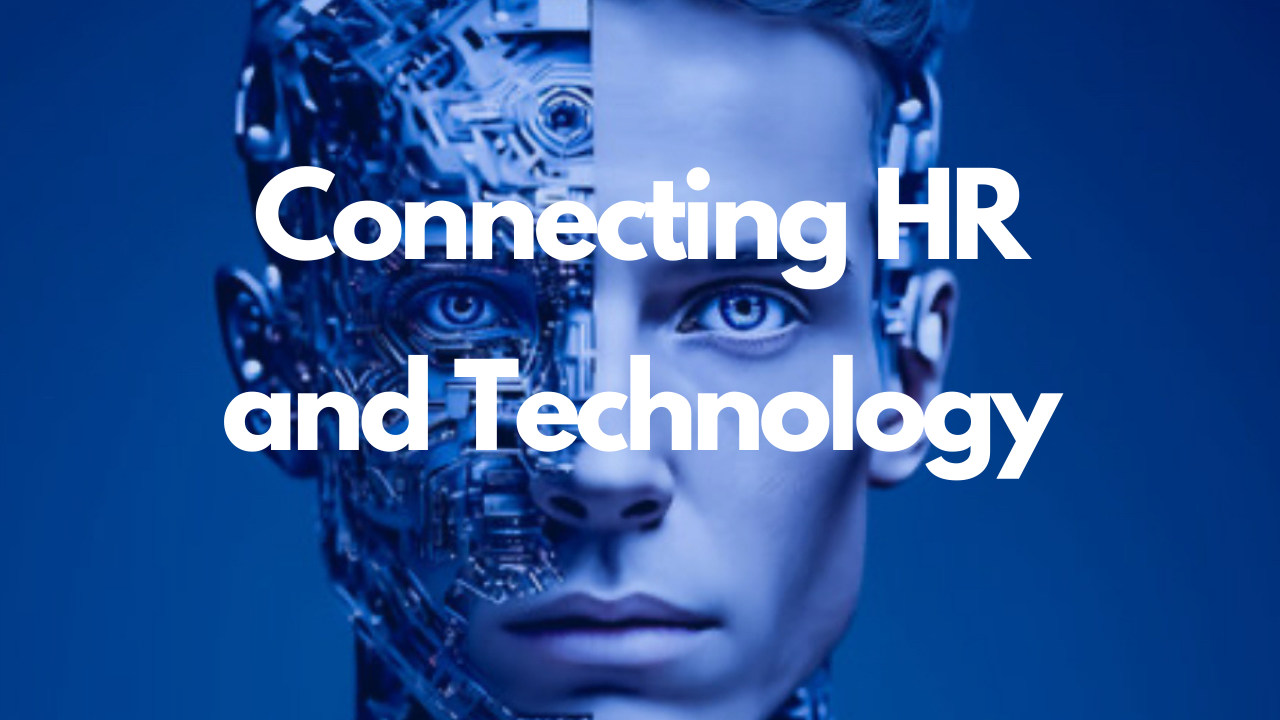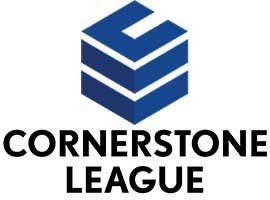
Connecting HR and Technology
How can technology be used to humanize culture?
What role does Artificial Intelligence play in the HR world?
If you have been struggling to answer these questions, you are not alone.
It is not a surprise that technology has changed the landscape of business. From serving as the means to collect and store data to robotics to the ever-emerging Artificial Intelligence (AI), technology dominates the way we interact globally on a digital scale as well as person to person.
In a quick review of the history of technology, today's corporate and societal impact has been undeniably exponential. Researchers present findings to assert that we will not experience 100 years of growth in the 21st century. It will be more like 20,000 years of growth.
Technology will provide 20,000 years of growth in the 21st century.
Just look at the fact 1.35 million technology startups have been registered to do business as of this writing. That number is expected to grow considerably over the next 3-5 years.
A LinkedIn post that explored how fast technology advanced in 2023 suggested that the internet's penetration on a global rate is 63% with close to 5 billion users and growing. As a society, we are becoming more dependent on technology.
Even more staggering is the amount of data produced on a global basis. By 2024, there will be a whopping 463 exabytes of information collected and available for immediate access.
It will become increasingly important for leaders to understand the impact that technology will have not only on the transactional aspects of business, but its impact it will have on human interaction.
Use technology to humanize culture.
According to a recent SHRM publication:
- 75% of organizations lack generative AI guidelines or policies.
- 20% of HR professionals suggest that integrating AI into their roles is a priority in 2024.
In prepping for a keynote at an HR and Technology conference, I am suggesting in my message that HR professionals consider the impact of technology to humanize culture.
Is that even possible?
I began thinking about humanizing culture by looking at a fundamental foundation to today's work environment – cohesion. My research on the topic uncovered 3 strategic elements to assess the presence of cohesion in the work culture: belonging (inclusion), value (meaningful work), and shared mutual commitment (collaboration).
Belonging is solidified when people feel included.
People look for a sense of belonging within an organization that is solidified when they feel included. One way that I have found to offer success in establishing belonging is by creating a "community" for employees to freely interact with each other.
It's not just being able to talk to each other that matters. The "community" platform must include the opportunity for recognition and affirmation. When an employee is recognized, they begin to see their value to the company and how their contributions may lead to the success of their team and the organization.
Using an online "community" platform provides unlimited opportunities for the recognition, affirmation, and general feedback to ebb and flow between employees within their teams or throughout the organization. This "community" platform provides for public recognition that is generally acceptable even for those employees who do not prefer their praise to be done when they are standing before others.
Meaningful work stems from people knowing what they do matters.
According to Zippia.com, 80% of workers prefer immediate feedback to annual performance evaluations. I have found that organizations with a strong culture where cohesion is present have set the stage to replace the annual performance system with an online "continuous evaluation" process.
Providing a continuous feedback loop is just one of the ideas where technology can offer a more personal encounter to a previously thought about "transactionally" minded approach.
Having a "continuous evaluation" process does not replace the direct interaction with employees. Rather, it is an added tool that revolutionizes a process that was static to one with more dynamic elements.
When people feel their contributions matter and know they are making a difference, they are more likely to understand that the work they do is meaningful and purposeful.
The concept of providing "continuous evaluation" is supported by a Harvard Business Review article I often reference The Power of Small Wins.
Collaboration sets up people working together.
For the third strategic element of cohesion, I explored an option to bring shared mutual commitment and its relationship with collaboration to life.
Connecting technology to "shared mutual commitment" may be the easiest of the three, as collaboration already sets up for the mindset of people working together for a common outcome. Using an online "collaboration" tool can be very helpful to complete work and encourage sharing for in-person, remote, and hybrid team members.
Using an online "collaboration" tool provides key benefits or STEAM to organizations:
- Solving difficult problems
- Teaching new information to others
- Enhancing instant and long-term communication
- Accessing the collective creativity
- Maximizing opportunities for improved efficiency and productivity
For individuals engaged in collaborative activities they realize the time-saving power when two or more individuals can contribute to the same document during a dynamic interaction. Exchanging ideas in real-time is very beneficial for boosting morale and for connecting remote only and/or a combination of remote and hybrid teams.
Can we humanize culture through technology?
I believe we can with forethought, ingenuity, and opening our minds to the possibilities that exist beyond what we already know.
For me, it will be a continual path of learning what people need and seeking solutions whether in-person or through technology to solve them.
No matter how much technology we utilize, the power of human interaction will always be in demand. That means, I will need to find ways to integrate the two and not look to replace one with the other.
As the great pioneer of the 24-hour cable news network, Ted Turner, once said when folks told him his idea wasn't possible:
Do something. Either lead, follow, or get out of the way."
If you'd like to hear my keynote speech in-person, you can still register for the SocialHRCamp coming to Charleston for the first time ever tomorrow, February 22nd. Click here to get your tickets!
To access your free copy of the "Cohesion Culture" book, simply click on the link below:
For more insight on this topic, please refer to these blog posts:
For leadership principles that can be applied today, click here to subscribe to Cohesion Corner™ with Dr. Troy!
Interested in reading more from Dr. Troy Hall? Check out my books available for purchase on Amazon.






